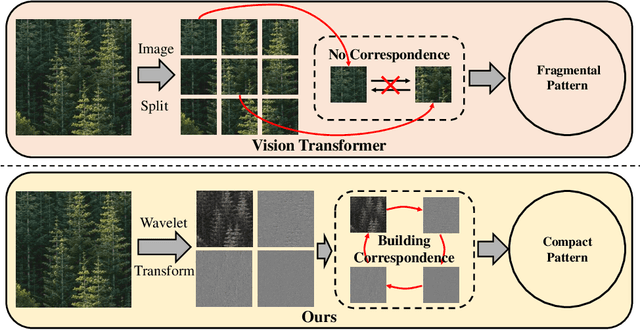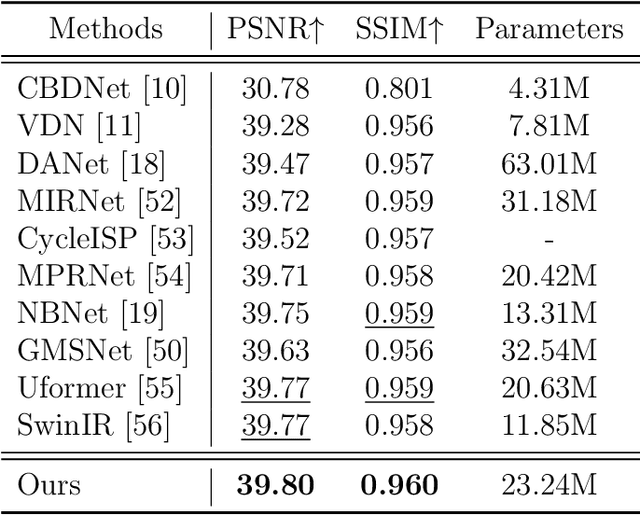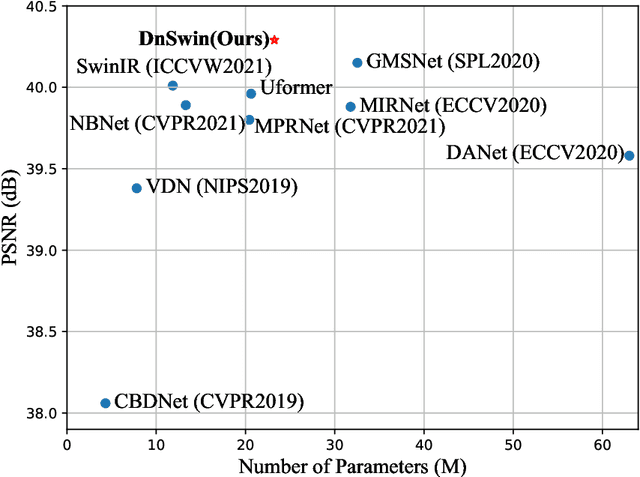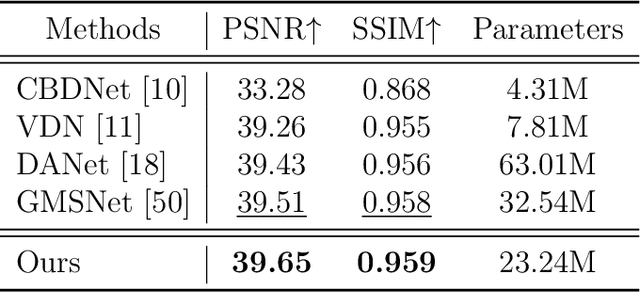Ziying Zhao
An Enhanced Grey Wolf Optimizer with Elite Inheritance and Balance Search Mechanisms
Apr 09, 2024Abstract:The Grey Wolf Optimizer (GWO) is recognized as a novel meta-heuristic algorithm inspired by the social leadership hierarchy and hunting mechanism of grey wolves. It is well-known for its simple parameter setting, fast convergence speed, and strong optimization capability. In the original GWO, there are two significant design flaws in its fundamental optimization mechanisms. Problem (1): the algorithm fails to inherit from elite positions from the last iteration when generating the next positions of the wolf population, potentially leading to suboptimal solutions. Problem (2): the positions of the population are updated based on the central position of the three leading wolves (alpha, beta, delta), without a balanced mechanism between local and global search. To tackle these problems, an enhanced Grey Wolf Optimizer with Elite Inheritance Mechanism and Balance Search Mechanism, named as EBGWO, is proposed to improve the effectiveness of the position updating and the quality of the convergence solutions. The IEEE CEC 2014 benchmark functions suite and a series of simulation tests are employed to evaluate the performance of the proposed algorithm. The simulation tests involve a comparative study between EBGWO, three GWO variants, GWO and two well-known meta-heuristic algorithms. The experimental results demonstrate that the proposed EBGWO algorithm outperforms other meta-heuristic algorithms in both accuracy and convergence speed. Three engineering optimization problems are adopted to prove its capability in processing real-world problems. The results indicate that the proposed EBGWO outperforms several popular algorithms.
DnSwin: Toward Real-World Denoising via Continuous Wavelet Sliding-Transformer
Jul 28, 2022



Abstract:Real-world image denoising is a practical image restoration problem that aims to obtain clean images from in-the-wild noisy input. Recently, Vision Transformer (ViT) exhibits a strong ability to capture long-range dependencies and many researchers attempt to apply ViT to image denoising tasks. However, real-world image is an isolated frame that makes the ViT build the long-range dependencies on the internal patches, which divides images into patches and disarranges the noise pattern and gradient continuity. In this article, we propose to resolve this issue by using a continuous Wavelet Sliding-Transformer that builds frequency correspondence under real-world scenes, called DnSwin. Specifically, we first extract the bottom features from noisy input images by using a CNN encoder. The key to DnSwin is to separate high-frequency and low-frequency information from the features and build frequency dependencies. To this end, we propose Wavelet Sliding-Window Transformer that utilizes discrete wavelet transform, self-attention and inverse discrete wavelet transform to extract deep features. Finally, we reconstruct the deep features into denoised images using a CNN decoder. Both quantitative and qualitative evaluations on real-world denoising benchmarks demonstrate that the proposed DnSwin performs favorably against the state-of-the-art methods.
 Add to Chrome
Add to Chrome Add to Firefox
Add to Firefox Add to Edge
Add to Edge